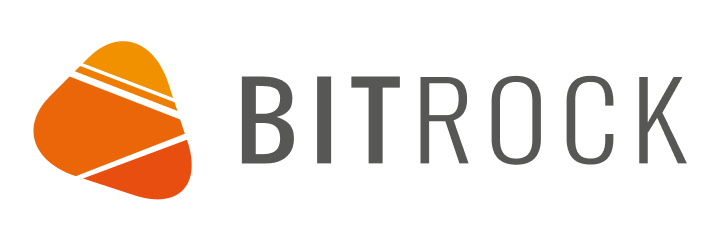In our previous exploration, we unveiled the varied landscape of the main front-end technologies and tools from the dynamic Angular to the versatile Node.js. Fasten your coding seatbelts as we deep dive into the ever-evolving ecosystem of front-end until the last letter of the alphabet!
O is for OAuth
OAuth is a standard authorization protocol used to securely and selectively grant third-party applications access to user resources on the Internet without sharing their login credentials. Often used in authentication and authorization processes for web applications and online services, allowing users to grant a third-party application limited access to their information on another website without sharing login credentials. This is done by issuing access tokens that grant specific actions or resources for a limited period of time, thereby maintaining the security and privacy of user data.
P is for Progressive Web App (PWA)
Progressive Web Apps (PWAs) are web applications that combine the best features of native apps and traditional websites. PWAs are designed to provide an engaging, fast, and reliable user experience even when there is no internet connection. By using modern web technologies such as Service Workers, PWAs can be installed directly on the user’s device, allowing access through the app icon, and providing features such as push notifications, offline access, and optimized performance. PWAs are considered the best alternative to native apps.
Q is for Qwik
Qwik.js is Builder.io’s new framework, designed for building fast, lightweight web applications, with an innovative approach, focused on fast loading and interactivity through code splitting, lazy loading, and application rendering. The main features introduced compared to traditional frameworks such as React are Lazy Executing and the process of Resumability. Additionally, the introduction of the meta-framework Qwik City completes that framework.
Qwik City includes an API that supports components with common server-focused functionalities (routing, layouts, endpoints, middleware, etc.). The new features introduced by Qwik are certainly highly anticipated, and only time and community usage will determine the success of this new framework.
R is for React
React is a JavaScript library developed by Facebook to create dynamic and reactive user interfaces. It is based on the concept of reusable components, which allows developers to build and manage the application’s user interface in a modular way. One of the special features of React is the Virtual DOM, which optimizes the updating of interface elements, improving the overall performance of the application.
React uses JSX, an extension of JavaScript that allows writing UI components in an HTML-like syntax, making the creation of interfaces more intuitive. This library uses a declarative approach that allows developers to create dynamic and reactive user interfaces, updating only the relevant parts when the state of the application changes, improving overall efficiency.
Thanks to its active community, rich ecosystem of related libraries and tools (such as React Router, Redux, Next.js), and its flexibility in integrating with other technologies, React has become one of the most popular frameworks for developing dynamic, complex, and high-performance user interfaces in the modern world of web development.
S is for Sass
Sass (Syntactically Awesome Stylesheets) is an extension of the CSS language that provides additional features and improvements to the basic CSS syntax. This technology allows developers to create more complex stylesheets in a more efficient and organized way by introducing concepts such as variables, nesting, mixins, inheritance, and more, providing modular and readable structure stylesheets.
Variables allow values to be defined and reused consistently, while nesting allows selectors to be organised hierarchically, making the stylesheet structure clearer. Mixins allow code snippets o be reused, allowing developers to define style blocks that can be called in different contexts. Sass also offers advanced features such as inheritance rules, which make it easy to manage styles for multiple similar elements. Once Sass code is written, it is compiled into standard CSS, ensuring compatibility with browsers. This transition from Sass to CSS is done through a compilation process that can be integrated into the development workflow to automate the generation of CSS files.
T is for TypeScript
TypeScript is an open-source programming language developed by Microsoft. It is a typed version of JavaScript that adds optional static types to the language. This typed approach offers many advantages, including better code understanding, error detection during development, and increased scalability for large projects. One of the key features of TypeScript is its static typing system, which allows developers to declare the types of variables, function parameters, and more. This allows type errors to be caught during development common runtime bugs to be avoided. TypeScript is becoming popular among developers looking to improve the quality and maintainability of their JavaScript code.
U is for Uglify
Uglify is a JavaScript code optimization tool used to minify and compress JavaScript files. Minification improves web page loading performance by removing whitespace, comments, and reducing variable names to minimize the size of the source files. Uglify allows to optimize and compress JavaScript code by minimizing the file size while maintaining its functionality. It is widely used in web development to optimize resources and improve the overall performance of applications.
V is for Vue.js
Vue.js is an advanced framework for building user interfaces. This lightweight and powerful framework is ideal for building single web pages as well as complex web applications. Its structure is based on components, making it easy to create, manage, and reuse UI parts. Vue.js provides an efficient reactivity system, meaning that changes in the state of the application are automatically reflected in the user interface, ensuring a better end-user experience. One of the key features of Vue.js’s distinctive features is its adaptability. It can be integrated incrementally into existing projects, making it easy to learn and use even for developers with varying levels of experience.
W is for Webpack
Webpack is a powerful module bundler for JavaScript applications. It is a fundamental tool for modern front-end resource management. Its main function is to manage dependencies within an application by grouping different source files (JavaScript, CSS, images, etc.) and converting them into optimized bundles that are ready for use in the browser.
Webpack allows to organize code, define dependencies, and automate a series of tasks such as code minification and image optimization. Webpack can be configured using loaders and plugins, making it highly customizable and allowing developers to adapt their Webpack to the specific needs of their projects.
X is for XState
XState is a JavaScript library for state management and state machine creation. It implements the concept of state machines in the context of application development, providing a clear and declarative way to manage application state. A state machine is a model that represents the behavior of a system through various states and transitions between them. Therefore, XState allows developers to declaratively define application states and transitions between states, making application behavior more predictable and manageable.
XState is often used for complex applications where state management is critical, such as large-scale applications, applications with complex user interfaces, or applications that require strict state management, due to its declarative nature and unambiguous state management.
Y is for Yarn
Yarn is a JavaScript package manager. It focuses on efficiency, security, and speed when managing dependencies for JavaScript projects. Yarn utilizes a local cache to store previously downloaded packages, speeding up dependency management and reducing installation and module update times compared to other package managers.
One of Yarn’s key features is the ability to consistently manage dependency versions and ensure that all members of the development team have the same package versions installed in their working environment. This helps reduce potential inconsistencies or errors caused by different package versions within the project.
Z is for Zeplin
Zeplin is a collaboration platform for designers and developers that facilitates the transfer of design projects from design tools such as Sketch, Adobe XD, or Figma to developers. The platform allows designers to easily upload their design projects and share specifications, colors, dimensions, assets, and guidelines directly with the development team members. Zeplin helps improve communication and collaboration between designers and developers, giving developers easy access to the design elements needed to faithfully implement the user interface in the final product.
While this exploration covered 26 key technologies for the front-end development, remember, it’s just the tip of the iceberg. Stay curious, explore, experiment, and keep learning. So go forth coding and don’t forget to have fun along the way!
Main Author: Mattia Ripamonti, Team Leader and Front-End Developer @ Bitrock


